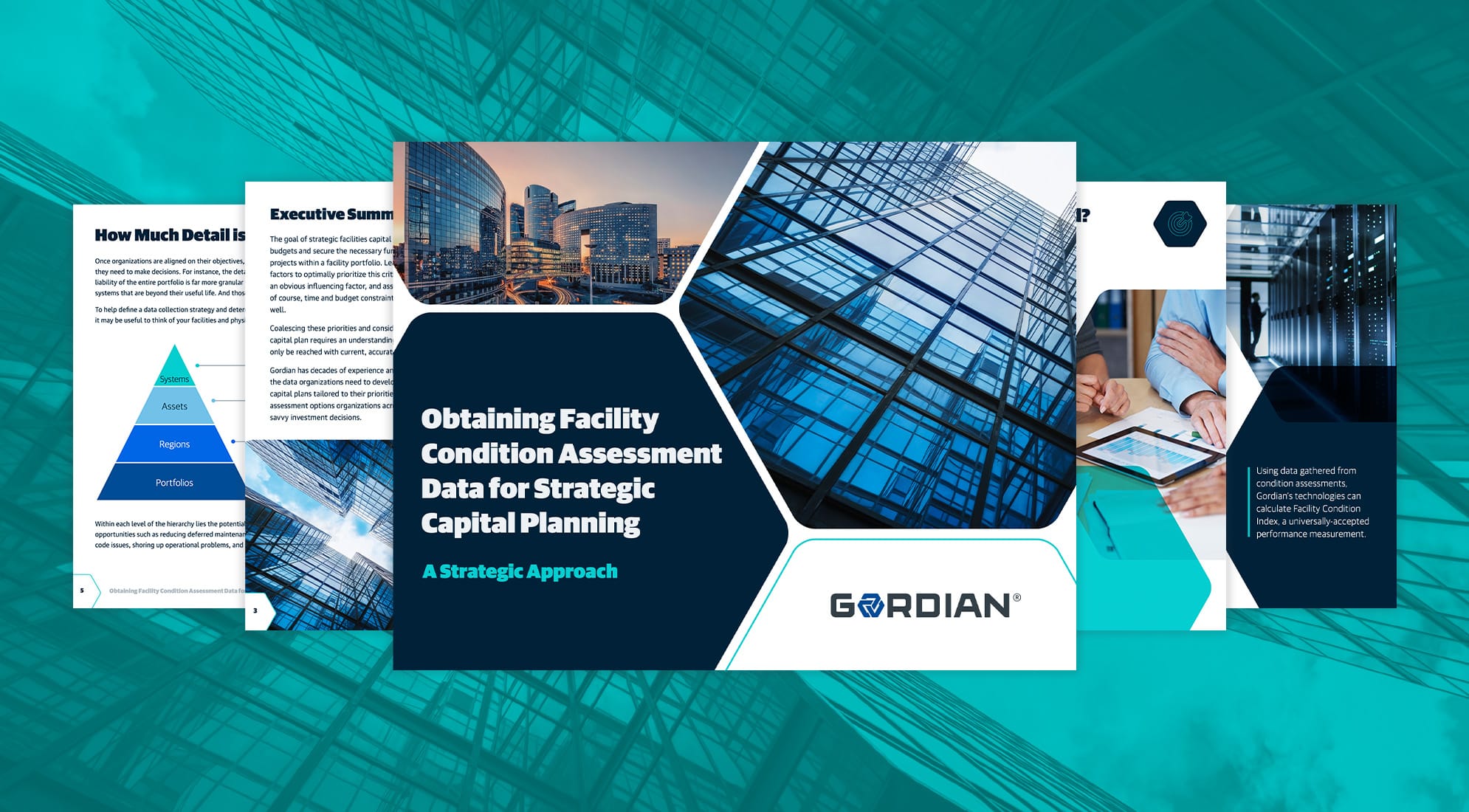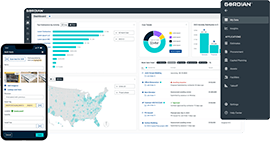Preparing for the Worst: Planning for Facilities Resilience
18 days. That’s the average time span between billion-dollar natural disasters hitting the U.S., according to a study of the last six years (2017-2022) by the National Oceanic and Atmospheric Administration. Two-and-a-half weeks is all the separates America from the next devastating flood, tornado, hurricane or wildfire. 18 days. About as long as the Summer Olympics.
In response to the increasing frequency of extreme weather events and their associated costs, organizational leaders are focusing more of their long-term planning efforts on facilities resilience, broadly defined as fortifying an asset (or group of assets) against a natural disaster and/or intensifying weather patterns, and then readying the organization to respond. Resilience planning is no longer an auxiliary exercise; it’s an essential one. Leaders must be proactive.
With that in mind, we offer these tips and considerations for incorporating resilience into your facilities planning efforts.
Prioritize According to Mission
Imagine a disaster strikes every physical asset in your portfolio and they all go down at exactly the same time. Which asset is most important to get up and running first? Your answer to that question will depend on your organization’s mission.
If those at the executive level, those in financial roles and those who manage day-to-day operations have not aligned on the core mission of the organization and how the asset portfolio should function in support of that mission, that’s a great first step to take.
Business continuity is a major aspect of facilities resistance. Knowing what assets must be online and functional first gives you a solid starting point. State and local governments, for example, may prioritize the resilience of fire stations, the electric grid or other essential functions. Hospital leaders may place keeping the ICU running at the top of their list. Given the prevalence of digital record keeping, organizations of all types may consider protecting server rooms an essential activity.
Coming to a common understanding of mission creates a context for prioritizing which facilities to harden against disaster and how your organization will respond in a crisis.
See how Gordian can help take a data-driven approach to prioritizing needs and risks so you can make informed decisions about maximizing resilience.
Consider Long-Term Facilities Resilience
Resilience applies to more than natural disasters. There are ongoing weather patterns organizations must adapt to as well.
As warmer temperatures last longer, it will be necessary to cool facilities for more and more days. This reality should inspire organizations to examine whether their existing HVAC systems can handle the additional load. It is possible they are using a heating and cooling system designed with a different environment in mind.
Facilities resilience efforts may include also addressing increasing rainfall. Practically speaking, that means taking a hard look at stormwater systems, roofing and even parking lot design to ensure they are optimal for your area’s precipitation patterns.
If hotter, rainier weather is here to stay, and by all indications it is, organizational leaders would be wise to find ways to adapt their facilities for optimum resilience to those conditions.
Download our free eBook to see all of Gordian’s options for facilities data collection.
Keep Facilities Condition Data Current
Any decisions you make about optimizing asset resilience should have data to stand on. Grounding your plans in current, accurate condition and performance metrics ensures your plans are well-informed and defensible should you require funding to implement them.
A facilities condition assessment (FCA) can reveal your greatest vulnerabilities, clarify the severity of your deferred maintenance backlog and provide a reasonable estimate of replacement costs. The data uncovered by an assessment separates the signals from the noise, demonstrates the facts about asset conditions and helps communicate needs across the organization.
Gordian offers a variety of assessment options – some using our on-site assessors, others not – that empower organizations to collect data in a variety of ways.
For high-value, mission-critical assets, leaders might opt for our Engineering Assessment. A detailed, high-resolution FCA conducted by a professional assessor, this type of assessment delivers component-level condition data.
Detailed Assessments are also performed by Gordian’s experienced assessors, who will come to your location and gather information about the conditions of your physical assets in person. These assessments are less intensive than Engineering Assessments, albeit less detailed as well.
In-house staff can use our technologies to complete a Core Systems Assessment and collect data on major systems like HVAC, plumbing and stormwater.
A Life Cycle Analysis may be an appropriate assessment for assets that are not as critical to the organizational mission. Life Cycle Analysis uses data and statistical modeling to approximate the costs of replacing a general system of a given age, but not that of a specific system.
These assessments can be combined to fit within time and budget constraints. The data collected can then be plugged into our capital planning software so leaders can see the effects of their investments before they spend any capital, enabling them to optimize their facilities resilience efforts.
Watch this on demand webinar to hear Gordian’s experts discussing how to think strategically about facilities data collection.
Putting Facilities Resilience at the Forefront
With a billion-dollar natural disaster occurring every 18 days, organizations can no longer treat facilities resilience as an afterthought. Adopting these suggestions will help leaders prepare to withstand and respond to weather emergencies and changing environmental conditions.






